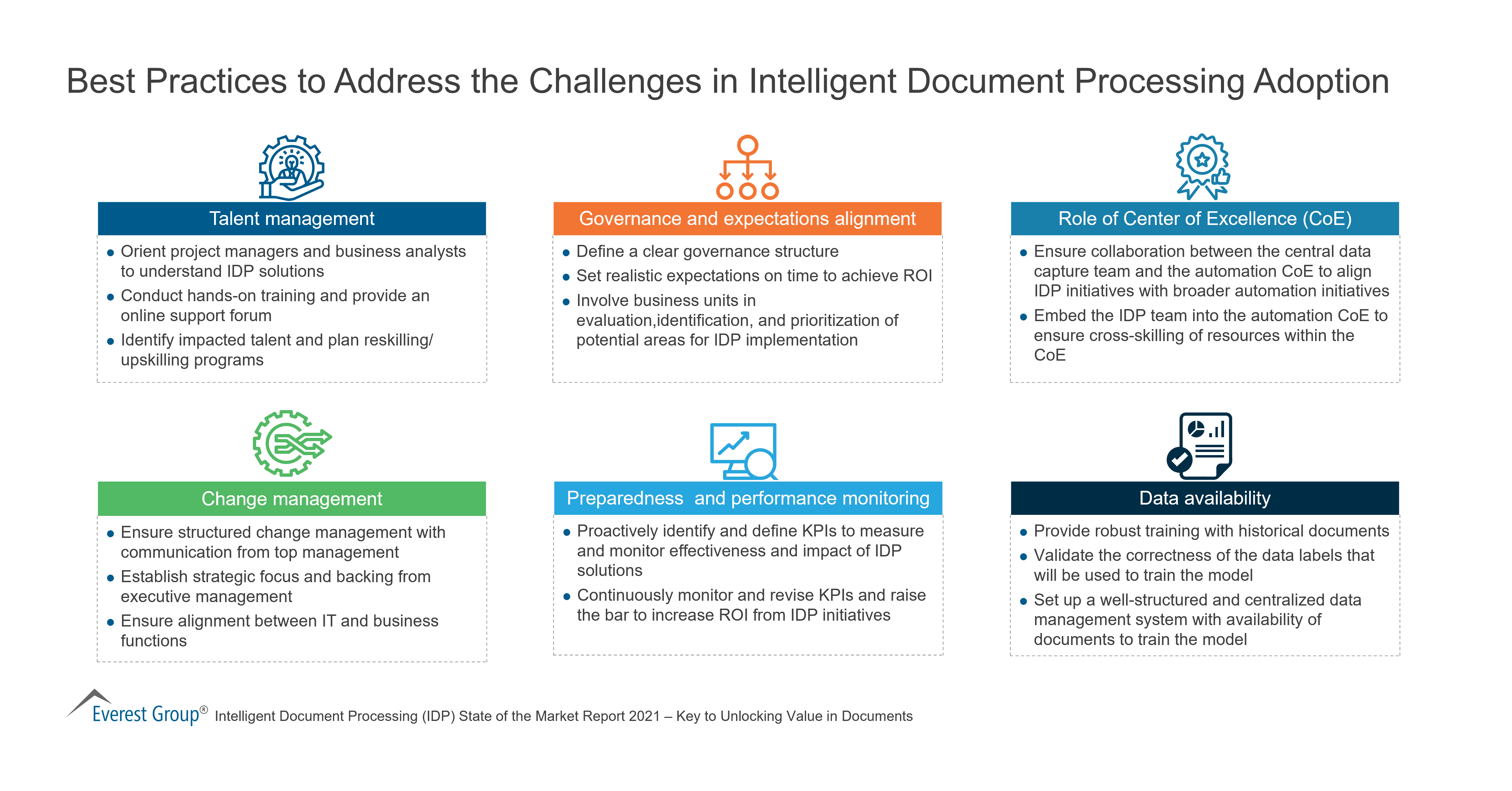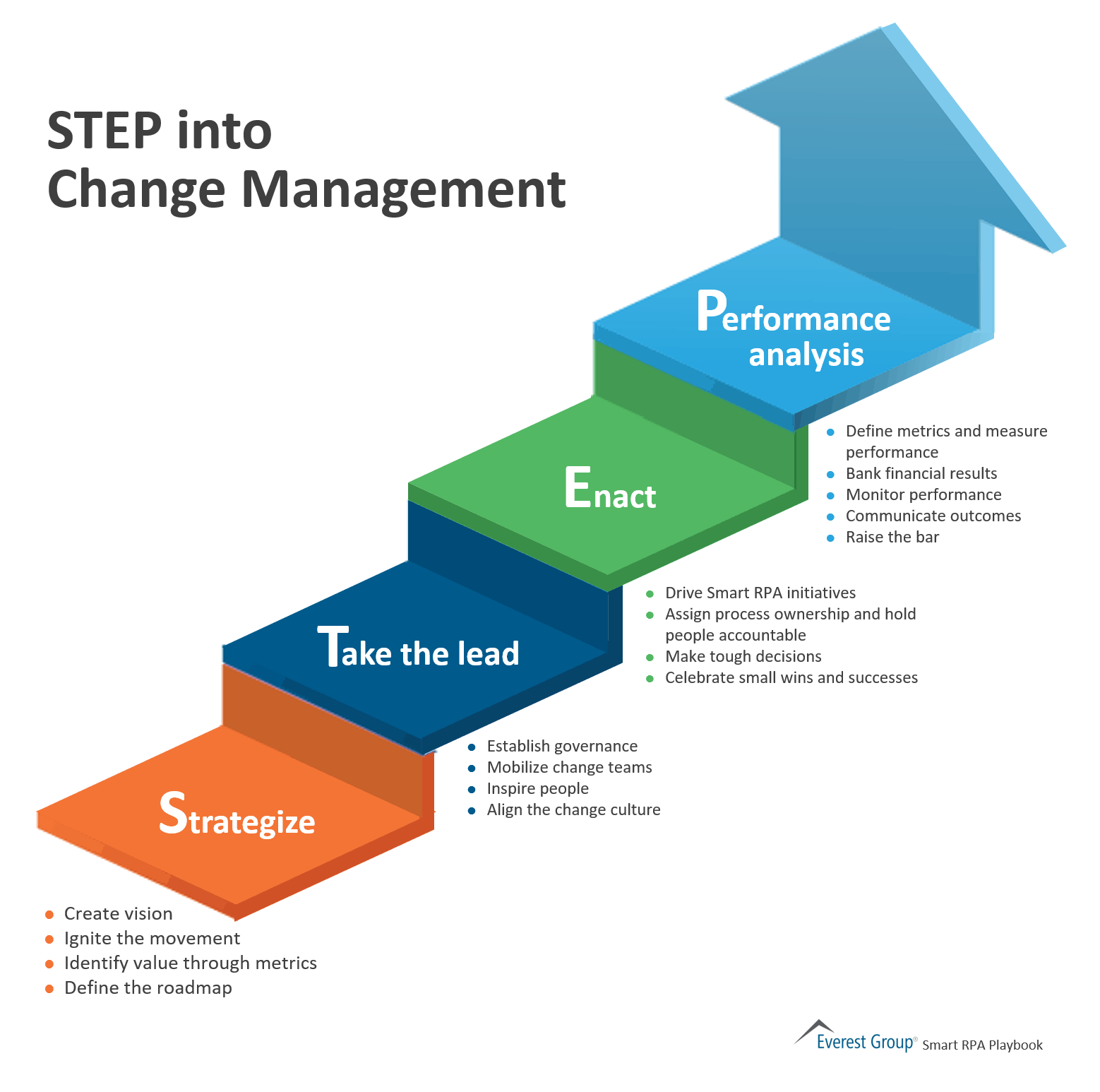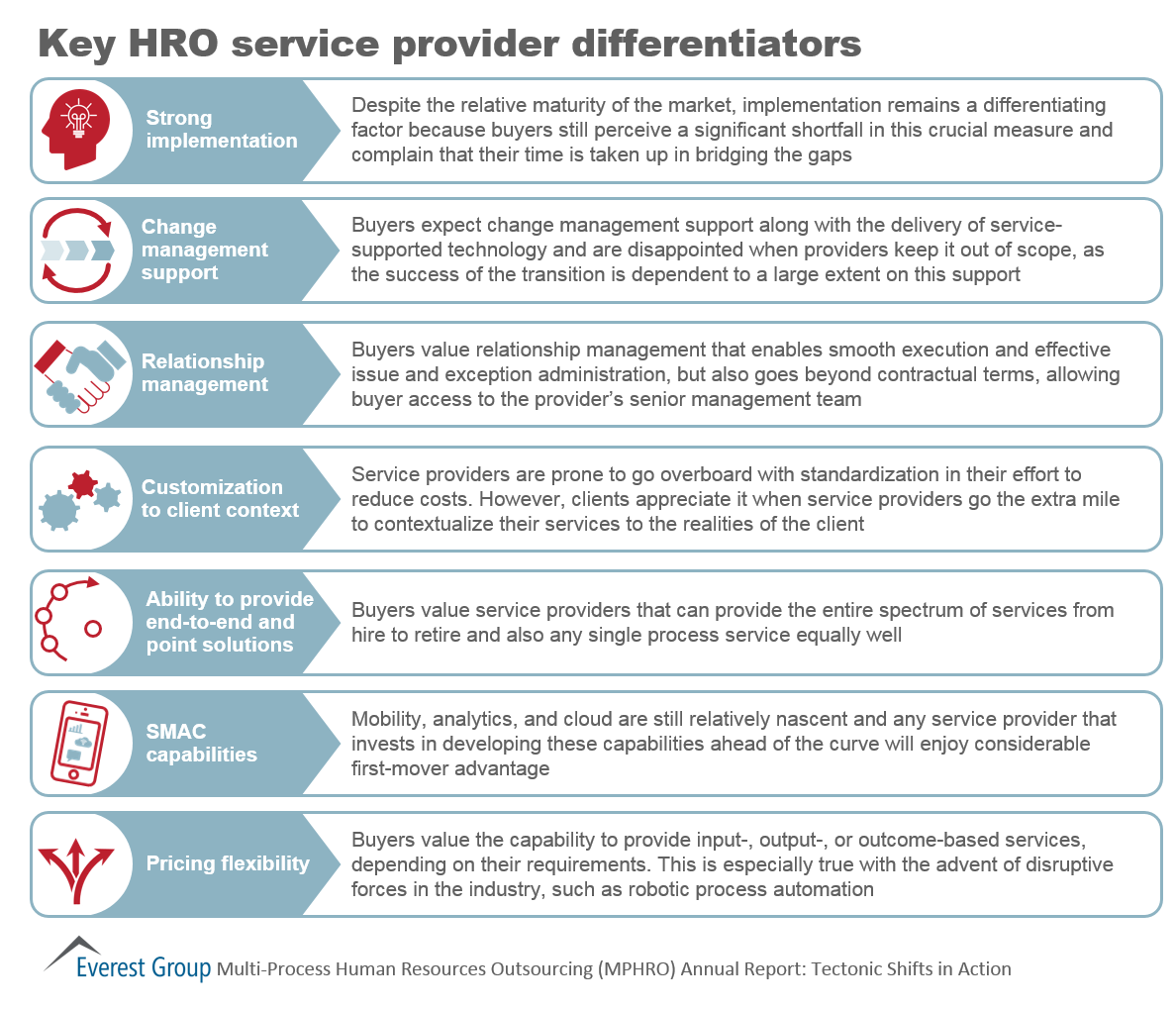New Everest Group Research on Change Management Reveals the Huge Chasm Between ‘We Should’ and ‘We Do’ in Global Business Services Centers
Change management viewed as critical by 75% of GBS organizations, but only 16% manage change systemically; Everest Group offers practical 12-step guide to help GBS organizations approach, staff, invest in, and manage change.
DALLAS, November 30, 2022 — When enterprises establish a Global Business Services (GBS) center, the mission of the center is to make and sustain a positive change in business operations; however, despite the fact that change is their raison d’être, one-third of GBS organizations have no change management capability within their organization, according to new research from Everest Group.
In a first-of-its-kind study, Everest Group surveyed 58 leading GBS organizations across the globe, followed by in-depth interviews, to better understand their approaches to change management.
“Our study findings indicate that 75% of GBS organizations see change management as critical, overwhelmingly confirming that it is vital to the success of the model, but this does not align with actual execution, as only 16% of these organizations take a systemic approach to managing change across their scope of initiatives,” said Deborah Kops, executive advisor to Everest Group and a co-author of the report.
“Change management is a work in progress for most GBS organizations and poses significant challenges: there is no one-size-fits-all solution; it’s not a once-and-done task; and it’s difficult to define ‘good’ and ‘best’ when so much of what comprises change management is perceived as ‘soft stuff’—unmeasurable and therefore unknowable,” explained Kops. “This research aims to address these challenges head on by defining the dimensions of change management for GBS organizations to help the industry understand how to approach, staff, invest in and manage change.”
Selected Observations
- Strategic or Situational?: Only 16% of respondents manage change as a critical component of GBS initiatives, or what we would consider systemic across all aspects of GBS operations. The normative view of change management is that it is situational, triggered by an event.
- Biggest Catalyst is Change in Operations: Today, GBS change management at its most evolved is focused on changes in operations, such as a transition to a new delivery model, or to ease the pain of a transformation project, such as digitization.
- A Tool to Diminish Resistance: Change management approaches have been focused primarily on informing and breaking down resistance as opposed to helping enterprises adopt and embrace the changes that an agile GBS model continually makes. Over 50% of respondents see change management a tool to “tell” or diminish resistance to a GBS program.
- Maturity and Scale Matters: Maturity and scale of the GBS organization impacts the approach to change management: 45% of GBS organizations with large scale (5,000+ FTEs) tend to approach change management as a strategic transformational tool while the majority of smaller organizations (with a scale of 100-999 FTEs) tend to focus on communications and diminishing resistance to change.
- Digital Maturity Correlates with Strategic Change Management Approaches: There is a discernable shift from communications to a more strategic approach as respondent organizations mature their digital operations. Over 70% of those GBS organizations embracing digital initiatives focus their change approaches on strategic transformation.
These findings and more are detailed in Everest Group’s recently published report, “State of Play in GBS Change Management.”
In addition to the findings above, the report explores these key questions:
- What is the right time to involve GBS change management teams?
- Do change management approaches foster real change?
- Is the GBS change management operating model aligned with imperative?
- To whom does the GBS change management team report? Do they have a seat at the table?
- How do GBS organizations measure the success of change management initiatives?
- What are the key priorities for GBS change management teams?
- What is the scope of responsibilities of GBS change management teams?
- What is the preferred approach to build change management competency?
- What is the normative size and skills mix for the change management team?
- How are change management teams governed?
- What is the formula to fund change management?
- How do GBS organizations measure the impact of change management teams?
Examining the responses to these questions, Everest Group was able to identify patterns that define four personas, ranging from organizations who have not yet prioritized an investment in change management (“Headshakers”) to those that embed it into all aspects of GBS operations (“Institutionalists”). Falling in between are “Crawlers”—who are gradually moving toward establishing a GBS change management competency— and “Game Changers,” organizations who see change management as necessary and are aggressively establishing it as a strategic capability.
Everest Group has also used the findings of this research to develop a 12-step program to help GBS organizations advance along the persona continuum and “do change management well.”
“One of the most surprising findings of our research was to see how common it was for GBS organizations to take a piecemeal approach to change management rather than developing it and strengthening it as a strategic muscle that is always in use,” said Rohitashwa Aggarwal, vice president at Everest Group. “Our research findings clearly indicate that ideally the change management team will have a seat at the leadership table from the outset of the GBS journey. The team also needs systemic funding, the scope and authority to succeed, and the right talent and training to adapt to all the needs of the GBS organization over time, because, as we’ve said, change is at the very heart of the GBS mission, every day, all the time.”
***Download a complimentary abstract of “State of Play in GBS Change Management”***
About Everest Group
Everest Group is a research firm focused on strategic IT, business services, engineering services, and sourcing. Our research also covers the technologies that power those processes and functions and the related talent trends and strategies. Our clients include leading global companies, service and technology providers, and investors. Clients use our services to guide their journeys to maximize operational and financial performance, transform experiences, and realize high-impact business outcomes. Details and in-depth content are available at www.everestgrp.com.



